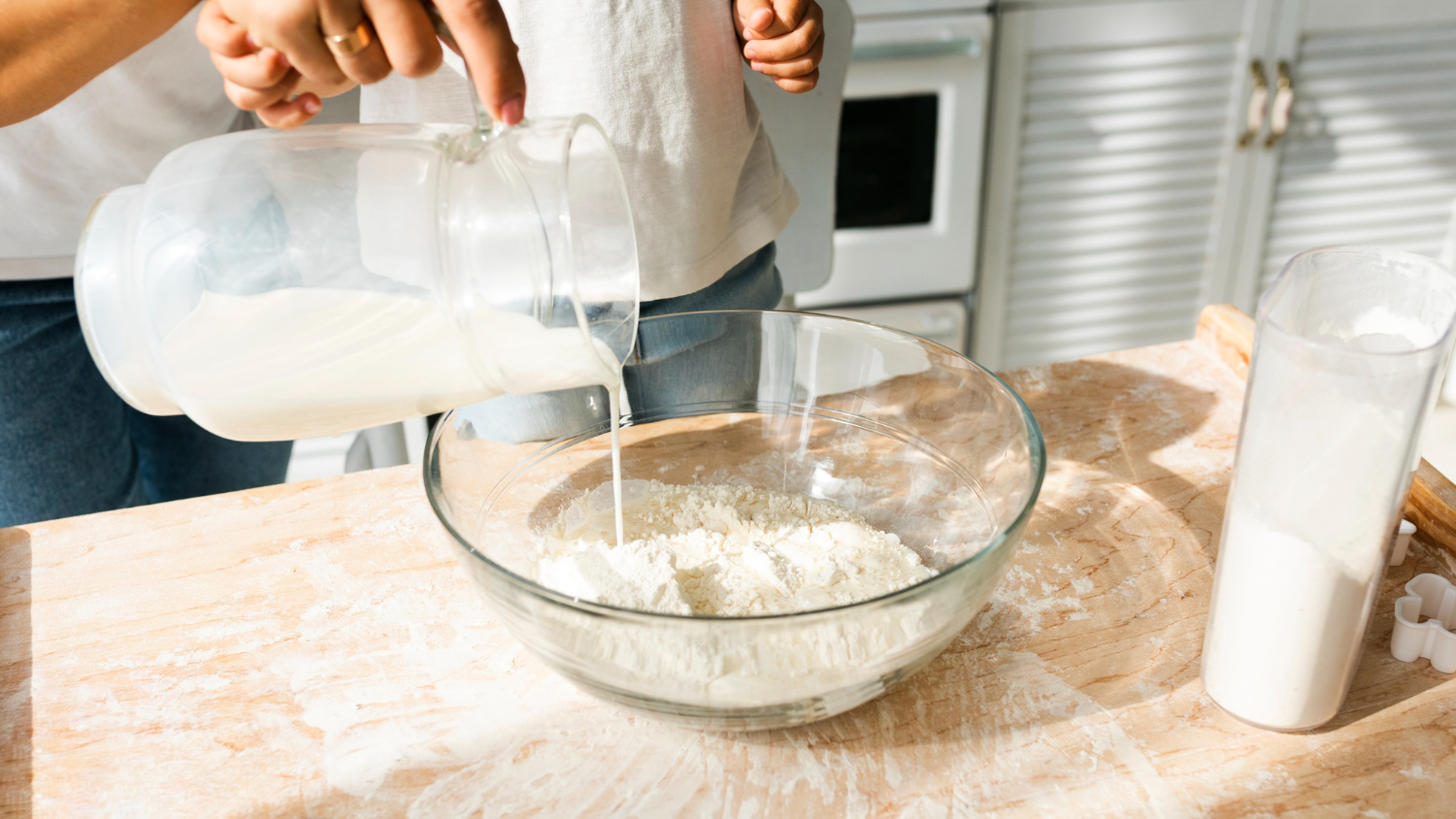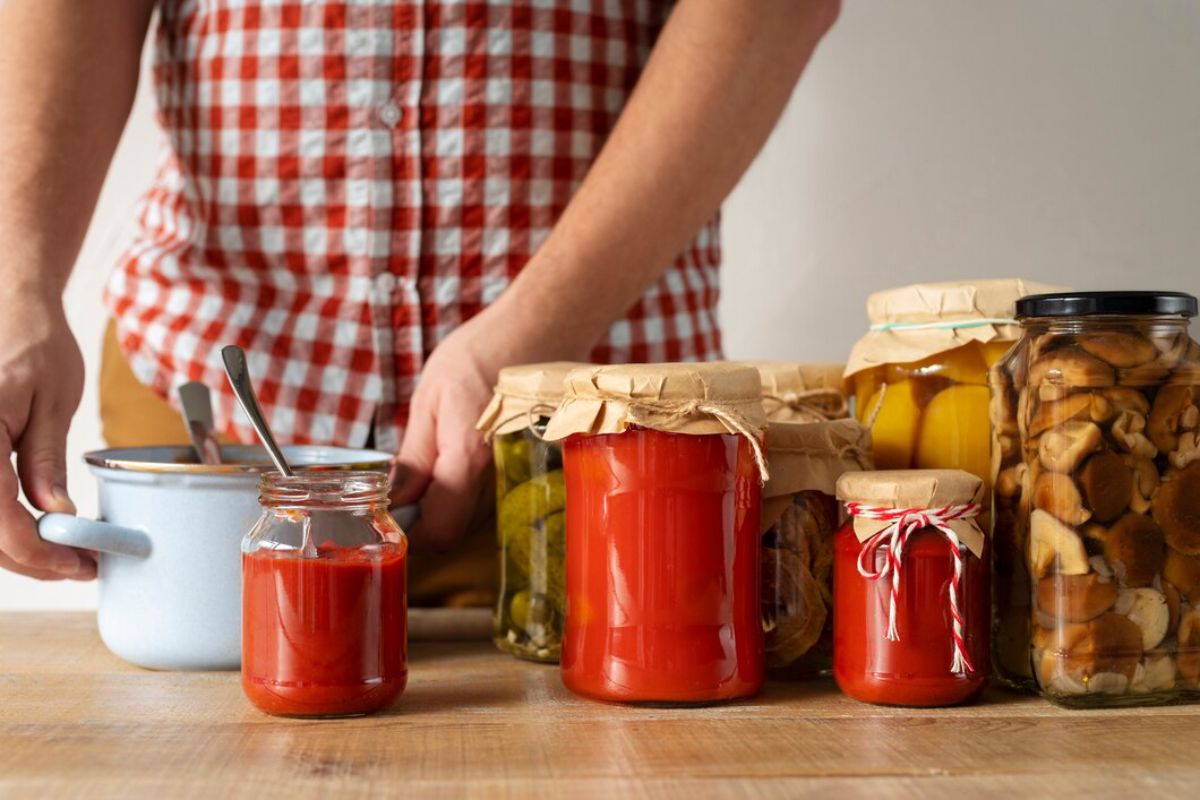
How to Grow Your Own Herbs & Vegetables for Cooking
With some seeds and proper cultivation techniques, you can grow your herbs, vegetables or seasonal fruit in any size garden. The best locations are in flat open land to stop rainwater from flowing in, terrace farm fields, and doing the same kind of work as villagers to use high walls that divide gardens. But produce is not all there is in kitchens where, on occasion, a meal can be prepared even out of, although bit by bit, such novelties get tamed or smaller here. You can develop a nourished kitchen garden with a large garden, a balcony or windowsill, and some proper knowledge and techniques.
This detailed guide will tell you all you need to grow your herbs, with the best tips for your patio garden, and show us how your harvest can turn into appetising yet healthy eats for kid’s dishes.
Why Grow Your Herbs & Vegetables?
1. Fresher and More Flavourful Ingredients
Mature fruits and vegetables are more aromatic and juicier than their grocery store counterparts, offering better taste and nutrition. Fresh herbs contain less moisture and hold their essential oils better, giving cooking more punch.
2. Cost-Effective and Sustainable
A small investment in seeds and soil can create a constant supply of herbs and vegetables, saving long-term money and preventing food waste. Also, growing your own reduces dependence on commercially grown produce, which usually involves much transport and packaging.
3. Health Benefits
When you grow your herbs, you know exactly what goes into your diet without harmful pesticides and chemicals. In addition, gardening itself is exercise and enhances mental well-being, reducing stress and promoting mindfulness.
4. A Fun and Therapeutic Hobby
It’s also a wonderful way to unwind, destress, and reconnect with nature while creating something valuable for your home. It’s also a wonderful family activity that teaches kids the importance of healthy eating and sustainability.
Setting Up Your Kitchen Garden
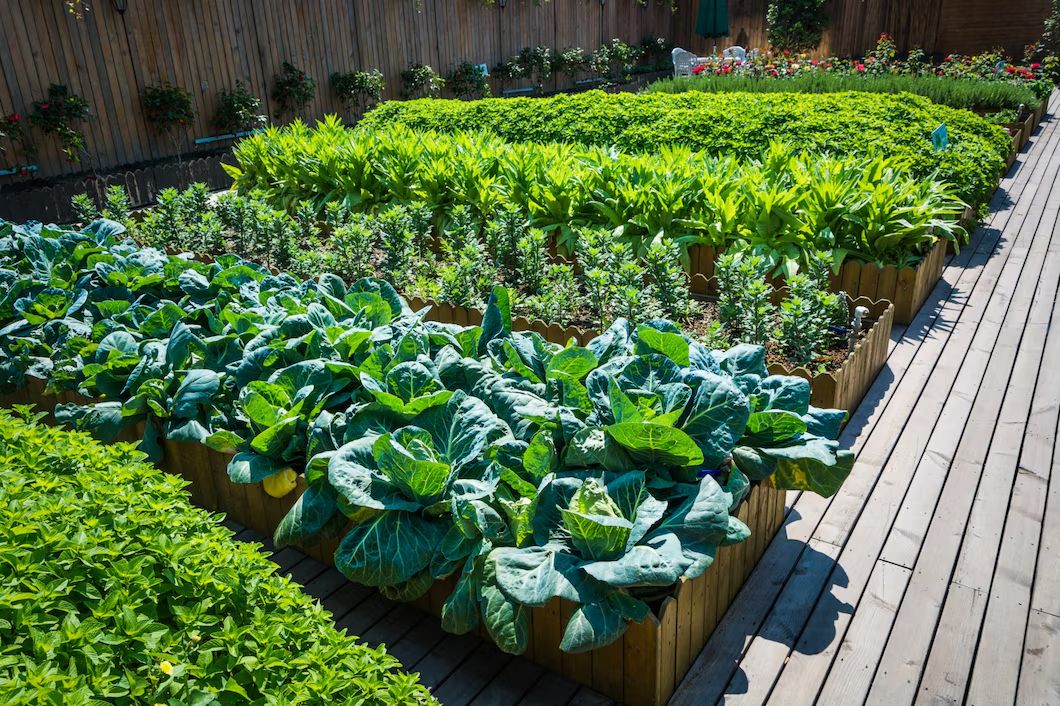
Choosing the Right Location
A successful kitchen garden requires plenty of sunlight, good drainage, and easy access for watering and harvesting. Most herbs and vegetables need at least 6-8 hours of sunlight daily, and south-facing spaces tend to receive the most sunlight.
Indoor Gardening: Ideal for herbs and small vegetables like lettuce and cherry tomatoes. Place pots near a sunny window or use grow lights for optimal growth.
Outdoor Gardening: Suitable for a wider variety of vegetables, such as carrots, courgettes, and potatoes. Raised beds or garden plots provide ample space for growth. Consider building a greenhouse for year-round cultivation.
Essential Tools and Supplies
Pots & Containers: Choose pots with drainage holes for indoor gardening to prevent waterlogging.
Quality Soil & Compost: Rich, well-draining soil boosts plant health, and compost improves soil fertility and moisture retention.
Gardening Tools: A trowel, watering can, pruning shears, gloves, and stakes for supporting taller plants.
Seeds or Seedlings: Start with easy-to-grow varieties such as basil, mint, lettuce, and radishes.
Growing Herbs at Home
Herbs are some of the easiest plants to grow. They are perfect for small spaces and offer year-round harvesting potential.
Best Herbs to Grow Indoors & Outdoors
Easy Indoor Herbs
- Basil – Thrives in warm, sunny spots; great for pasta and pesto.
- Mint – Grows rapidly; ideal for teas, desserts, and cocktails.
- Chives – Low-maintenance; perfect for garnishes and dips.
- Parsley – Versatile herb; adds fresh flavour to various dishes.
Best Outdoor Herbs
- Rosemary: Hardy and aromatic; pairs well with roasted meats.
- Thyme: Great for slow-cooked meals; drought-resistant.
- Oregano: Essential for Italian and Mediterranean dishes.
- Sage: Adds depth to stuffing and poultry dishes.
How to Care for Herbs
- Watering: Most herbs prefer well-drained soil and should not be overwatered. Water when the soil feels dry to the touch.
- Pruning: Regular trimming encourages bushy growth and prevents legginess.
- Harvesting: Pick leaves as needed to keep the plant productive. Avoid cutting more than one-third of the plant at a time.
Growing Home-Grown Vegetables
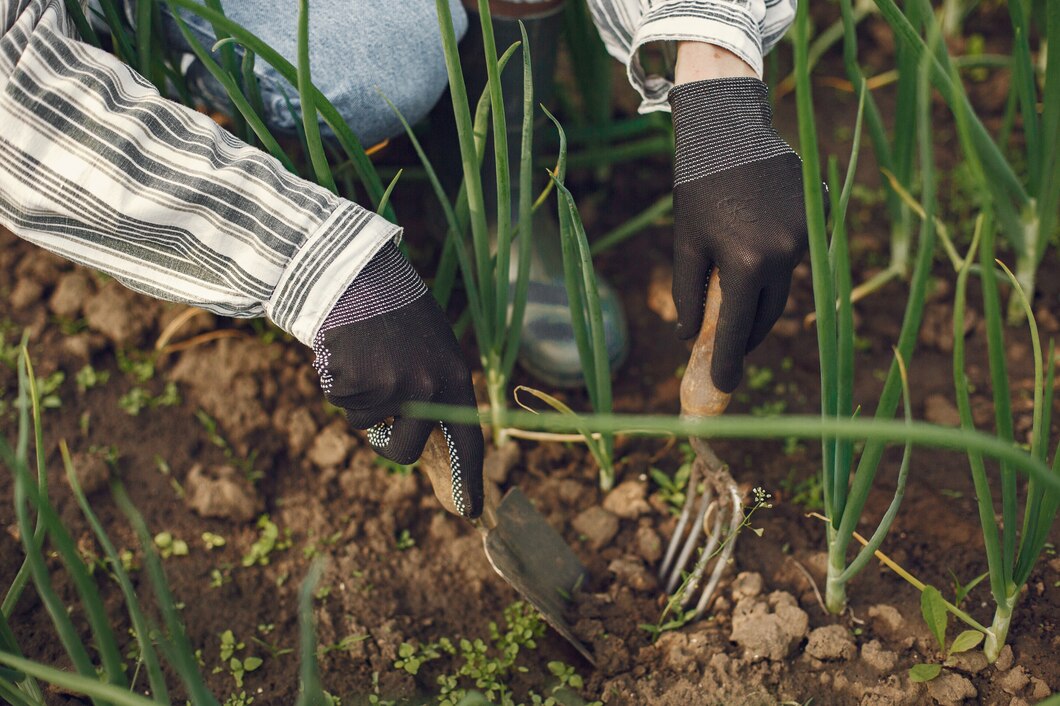
Growing vegetables at home can be highly rewarding and ensures a steady supply of fresh produce for your kitchen.
Best Vegetables for Beginners
Fast-Growing & Low-Maintenance Vegetables such as:
- Lettuce & Salad Greens: Ready to harvest in a few weeks.
- Radishes: Grow quickly and require minimal care.
- Spring Onions: Easy to regrow from kitchen scraps.
- Tomatoes: Cherry tomatoes are ideal for pots and hanging baskets.
- Peppers: Bell and chilli peppers thrive in warm conditions.
- Courgettes: Can be grown in large pots with proper support.
Soil & Fertiliser Tips for Vegetables
- Use organic compost to enrich the soil with nutrients and improve moisture retention.
- Rotate crops yearly to prevent soil depletion and reduce pests.
- Mulch around plants to retain moisture and reduce weed growth.
Watering & Maintenance
- Water early in the morning to reduce evaporation and allow plants to absorb moisture throughout the day.
- Use a drip irrigation system for consistent watering.
- Regularly check plants for pests and diseases to prevent infestations.
Maximising Your Harvest
Companion Planting for Better Growth
Companion planting enhances plant health, deters pests, and boosts yields.
- Basil + Tomatoes: Improves tomato flavour and repels insects.
- Carrots + Onions: Onions deter carrot flies.
- Lettuce + Radishes: Radishes act as a natural pest deterrent.
Extending the Growing Season
- Use cloches or row covers to protect plants in cooler months.
- Grow winter vegetables like kale, spinach, and Brussels sprouts.
- Start seeds indoors before transferring them outside in spring.
Cooking with Home-Grown Produce
Using fresh herbs and vegetables in cooking enhances flavour and nutrition.
Easy Recipes Using Home-Grown Ingredients
- Fresh Herb Pesto
Blend basil, parsley, garlic, pine nuts, olive oil, and parmesan for a vibrant sauce.
- Garden Salad with Home-Grown Greens
Mix lettuce, cherry tomatoes, radishes, and herbs with a homemade vinaigrette.
- Roasted Vegetables with Rosemary & Thyme
Before roasting, toss carrots, courgettes, and potatoes with olive oil, salt, and fresh herbs.
Troubleshooting Common Gardening Problems
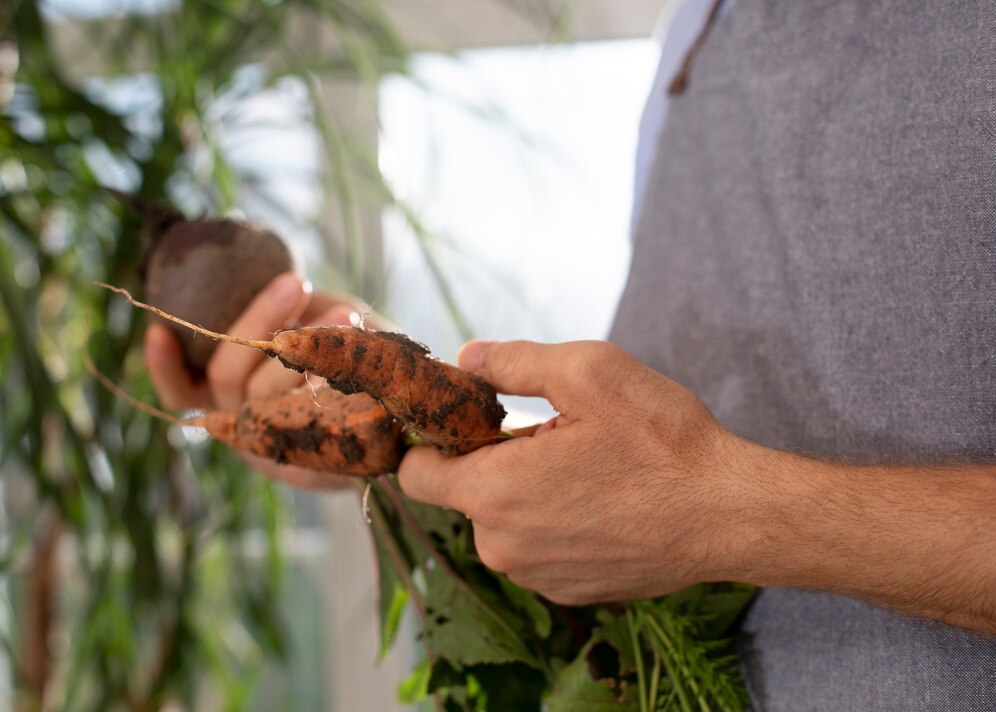
1. Pests & Diseases
- Aphids & Whiteflies : Spray with a mild soapy water solution.
- Fungal Issues : Ensure good air circulation and avoid overwatering.
- Slugs & Snails : Use crushed eggshells or copper tape around plants.
2. Poor Growth or Wilting
- Check for nutrient deficiencies in the soil.
- Ensure the plants receive adequate sunlight.
- Avoid overcrowding by spacing plants properly.
Grow Your Own Herbs and Take a Step Towards Sustainability
Herbs can be grown rather than purchased. If you like cooking and want to step towards sustainability, growing herbs and vegetables at home is a fun, creative project with a side of kitchen practice. Whether you possess a large backyard or only a small balcony, when techniques and ways are mastered, sprouting your fresh veggies is a practical reality.
Applying the best kitchen garden tips and learning to tend your flowers and plants can yield a bountiful home-grown vegetable and herb harvest all year long. So, plan that plot at once. The pleasure of cooking from ingredients straight from your home and enjoying them!

